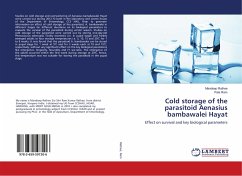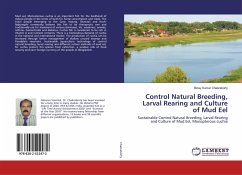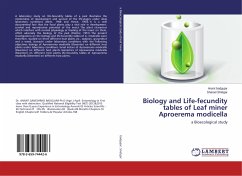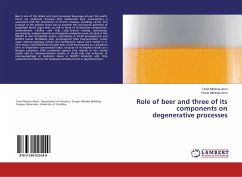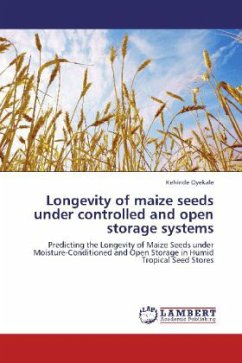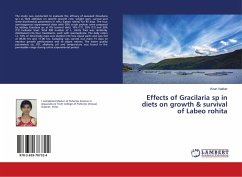
Neem,The Source of Natural Insecticides
Neem Extracts Adversely Influenced Biology of African Bollworm, Helicoverpa armigera (Hubner) (Lepidoptera:Noctuidae)
Versandkostenfrei!
Versandfertig in 6-10 Tagen
32,99 €
inkl. MwSt.

PAYBACK Punkte
16 °P sammeln!
African bollworm, Helicoverpa armigera is a polyphagus insect pest of many crops leading to significant yield losses. Cotton which is the most important oil seed and fiber crop grown in more than 70 countries is seriously threatened by this pest. African bollworm is a priority pest limiting the production and productivity of cotton in Ethiopia. For decades, its control both in small and large scale cotton farms is solely dependent on the use of synthetic insecticides such as chlorinated hydrocarbons, organophosphates, carbamates and synthetic pyrethroids which are known for their hazardous eff...
African bollworm, Helicoverpa armigera is a polyphagus insect pest of many crops leading to significant yield losses. Cotton which is the most important oil seed and fiber crop grown in more than 70 countries is seriously threatened by this pest. African bollworm is a priority pest limiting the production and productivity of cotton in Ethiopia. For decades, its control both in small and large scale cotton farms is solely dependent on the use of synthetic insecticides such as chlorinated hydrocarbons, organophosphates, carbamates and synthetic pyrethroids which are known for their hazardous effect on the environment, non-target organisms and the users. The use of more biodegradable pest control materials with greater selectivity such as Azadirachtin a tetranotriterpenoid found in neem, Azadirachta indica seeds and leaves might help to avoid the disadvantages caused by the use of synthetic insecticides. It is known that among the wider range of plants, neem derivatives have shown great potential in controlling insect pests. Therefore, this book tries to present the potential of neem, Azadirachta indica seed and leaf extracts for the control of African bollworm.



